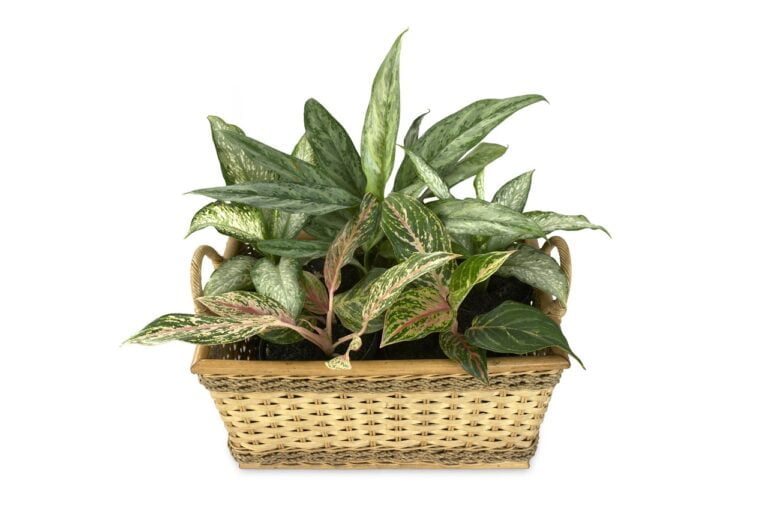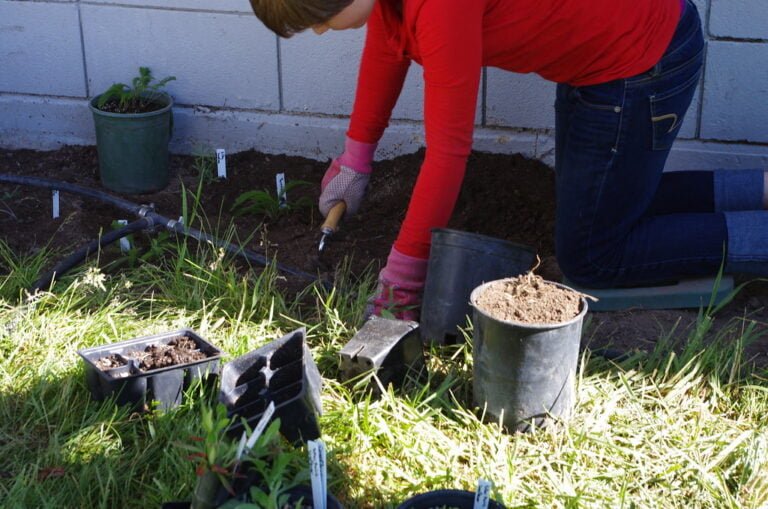A Step-by-Step Guide to Repotting an Olive Tree
Are you ready to give your olive tree a fresh start? In this step-by-step guide, we'll show you exactly how to repot your olive tree, ensuring its health and growth. You'll gather your supplies, select the perfect pot size, and prepare the new pot. Then, you'll carefully remove the olive tree from its current pot, inspecting the roots for any issues. After placing it in the new pot and filling it with fresh soil, you'll give your olive tree a thorough watering. Let's get started on this rewarding journey!
Gather Necessary Supplies
To begin repotting your olive tree, you will need to gather the necessary supplies. First, you will need a larger pot with drainage holes. Choose a pot that is about 2 inches wider and deeper than the current one. Next, you will need fresh potting soil specifically designed for trees or shrubs. This will provide the necessary nutrients and drainage for your olive tree. Additionally, you will need a trowel or small shovel to remove the tree from its current pot and gently loosen the roots. A watering can or hose will be necessary to water the tree after repotting. Finally, consider getting a saucer or tray to catch excess water and prevent it from damaging your floors or furniture. With these supplies, you will be ready to successfully repot your olive tree and help it thrive.
Select the Right Pot Size
Now that you have gathered the necessary supplies, it is important to select the right pot size for repotting your olive tree. Choosing the correct pot size is crucial for the health and growth of your tree. You want a pot that is slightly larger than the current one, allowing room for the roots to expand. A good rule of thumb is to select a pot that is 2-4 inches wider in diameter than the current pot. This will provide enough space for the roots to spread out and establish themselves. Additionally, make sure the pot has drainage holes to prevent waterlogging. A pot made of terracotta or plastic is ideal, as they are lightweight and provide good insulation. By selecting the right pot size, you are setting your olive tree up for success in its new home.
Prepare the New Pot
Once you have selected the right pot size for your olive tree, it is time to prepare the new pot for repotting. Start by cleaning the pot thoroughly with warm water and mild dish soap to remove any dirt or debris. Rinse it well and let it dry completely. Next, ensure that the new pot has drainage holes at the bottom to allow excess water to escape, preventing root rot. Place a layer of small rocks or broken pottery pieces over the drainage holes to prevent soil from clogging them. Fill the pot with a well-draining potting mix, leaving enough space for the root ball of the olive tree. Finally, water the soil lightly to settle it before transplanting your olive tree into the new pot.
Remove the Olive Tree From Its Current Pot
To begin, carefully loosen the soil around the edges of the current pot using a trowel or your hands. Gently insert the trowel between the soil and the pot, working your way around the circumference. This will help loosen the root ball and make it easier to remove the olive tree. Once the soil is loosened, hold the base of the tree with one hand and tip the pot to the side. Slowly slide the olive tree out of the pot, supporting the root ball as you go. Be careful not to damage any of the roots during this process. If the tree is stuck, you can tap on the sides of the pot or gently squeeze it to loosen it further. Once the tree is free, place it on a clean surface and proceed to the next step.
Inspect the Roots for Any Issues
After removing the olive tree from its current pot, you should now inspect the roots for any issues. This step is crucial in ensuring the health and well-being of your tree. Start by gently untangling the roots with your fingers, being careful not to break or damage them. Look for any signs of root rot, such as dark or mushy roots, as this can indicate a fungal infection. Trim away any dead or damaged roots using clean pruning shears. If you notice any circling or tangled roots, gently tease them apart to promote healthy growth. Additionally, check for pests like root aphids or mealybugs, which can harm your tree. Taking the time to inspect the roots will help identify and address any issues early on, ensuring the success of your olive tree in its new pot.
Trim and Untangle the Roots if Necessary
Now that you have inspected the roots for any issues, it's important to effectively trim and untangle them if necessary. Start by using a sharp, clean pair of pruning shears or scissors to trim any damaged or dead roots. Cut them back to healthy tissue, ensuring a clean cut to prevent any further damage. Next, gently untangle any roots that may have become intertwined or twisted. Use your fingers or a small tool to carefully separate them, being cautious not to break or tear any healthy roots. If the roots are severely tangled, you may need to use a pair of pruning shears to carefully cut through the tangle and untangle them individually. Take your time and be patient during this process to avoid causing unnecessary stress to the tree.
Place the Olive Tree in the New Pot
Once the roots of your olive tree have been trimmed and untangled, you can proceed to placing it in the new pot. Ensure that the pot is clean and has drainage holes to prevent waterlogging. Start by adding a layer of fresh potting soil at the bottom of the pot, about one-third full. Gently place the olive tree in the center of the pot, ensuring that the roots are spread out and not bunched up. Slowly fill the pot with potting soil, making sure to pack it around the roots to provide stability. Leave about an inch of space between the soil and the rim of the pot for watering purposes. Once the tree is securely in place, lightly water the soil to settle it. Finally, place the pot in a sunny location and monitor the moisture levels to ensure proper growth.
Fill the Pot With Fresh Soil
First, carefully fill the pot with fresh soil, ensuring that it is evenly distributed and packed around the roots of the olive tree. This step is crucial for providing the tree with the necessary nutrients and stability it needs to thrive. Start by adding a layer of soil at the bottom of the pot, making sure to cover any drainage holes to prevent soil from escaping. Gently place the olive tree in the center of the pot, ensuring that the roots are spread out and not cramped. As you continue to add soil, use your hands to gently press it down, making sure there are no air pockets. Fill the pot up to about an inch below the rim, leaving enough space for watering. Finally, give the pot a gentle shake to settle the soil, and water the tree thoroughly.
Water the Olive Tree Thoroughly
To water the olive tree thoroughly, you should gently pour water around the base of the tree, ensuring that the soil is evenly moistened. Watering is an essential step in caring for your olive tree, as it helps to establish strong roots and promote healthy growth. When watering, it is important to avoid overwatering, as this can lead to root rot. Instead, water deeply and less frequently to encourage the roots to grow deeper into the soil. You can use a watering can or a hose with a gentle spray attachment to water the tree. Make sure to water until you see the water pooling on the surface, indicating that the soil is thoroughly soaked. Regular watering, especially during dry periods, will help your olive tree thrive and produce abundant fruit.
Find the Perfect Spot for the Repotted Olive Tree
After thoroughly watering your olive tree, you can now find the perfect spot to repot it. Choosing the right location is crucial for the health and growth of your olive tree. Look for an area that receives full sun for at least six hours a day. Olive trees thrive in warm climates, so make sure the spot you choose has good air circulation and is not prone to frost or strong winds. The soil should be well-draining and slightly alkaline, with a pH level between 6.0 and 8.0. Avoid areas with heavy clay soil or low-lying spots that retain water. It is also important to consider the size of the tree and its root system, leaving enough space for it to grow and spread its roots. By finding the perfect spot, you are setting your olive tree up for success in its new home.
Conclusion
Congratulations! You have successfully repotted your olive tree, ensuring its continued growth and health. By following this step-by-step guide, you have provided your tree with a fresh new pot, examined its roots, and filled it with nourishing soil. Remember to water it thoroughly and find the perfect spot for it to thrive. With proper care and attention, your repotted olive tree will flourish and bring beauty to your space for years to come.






